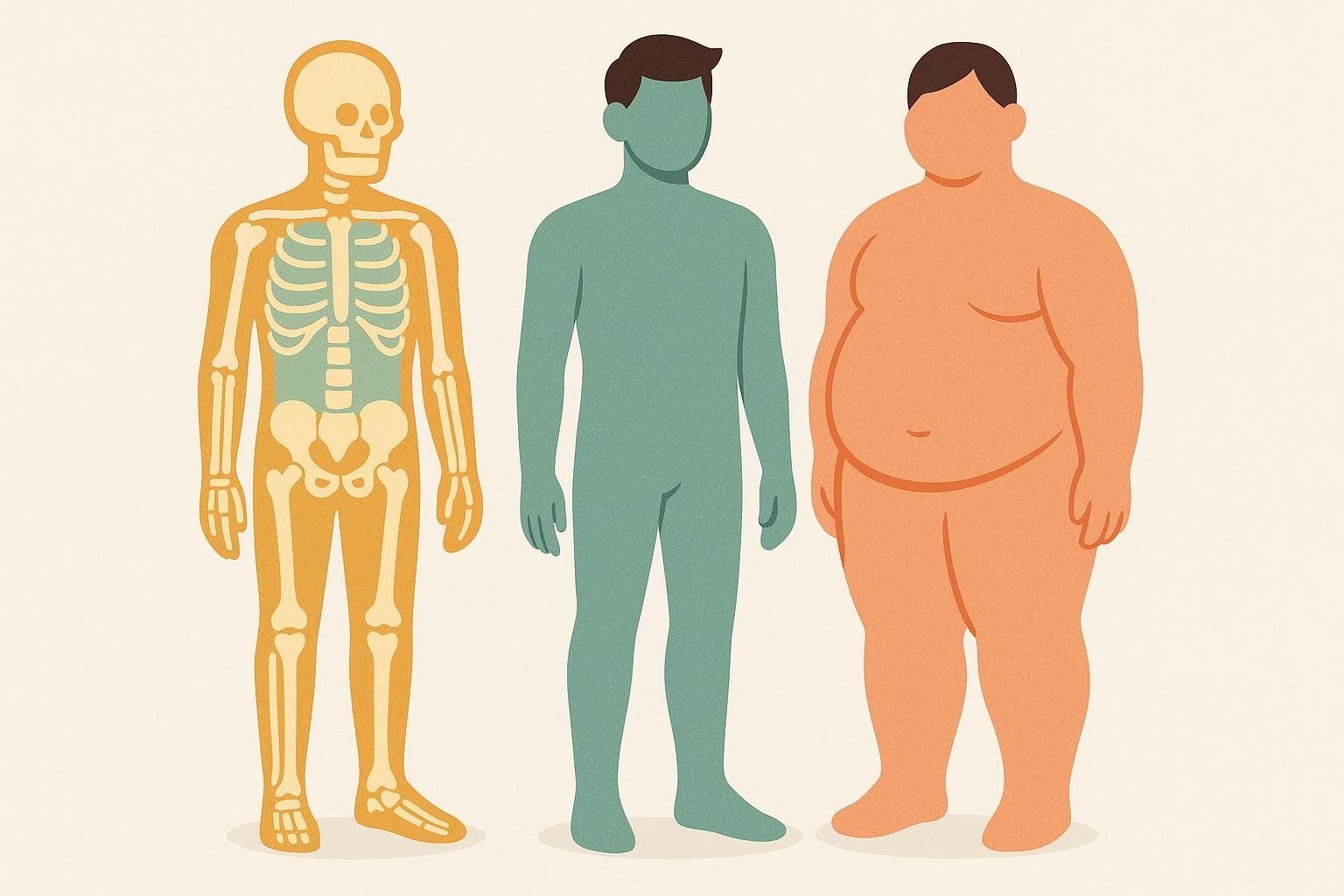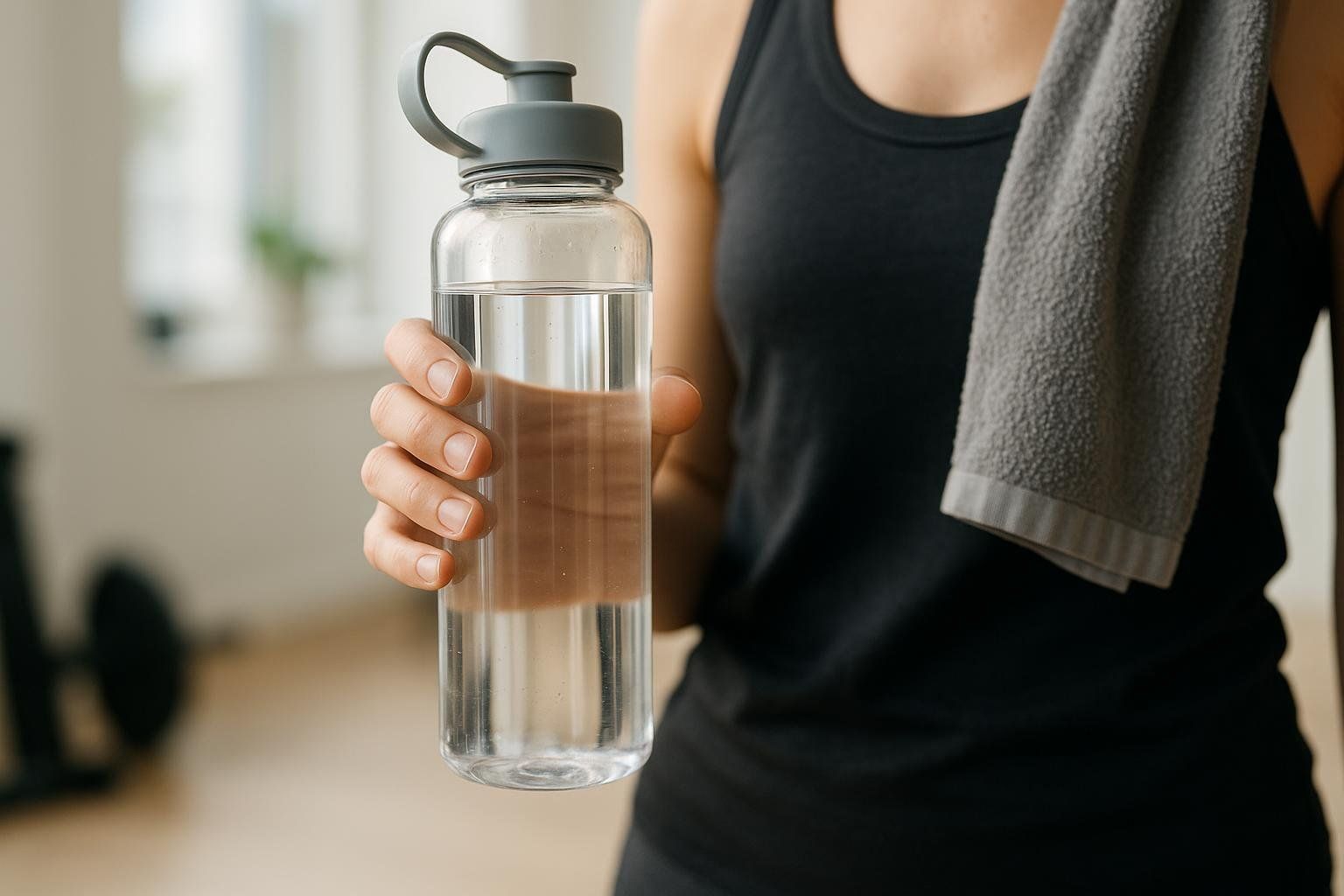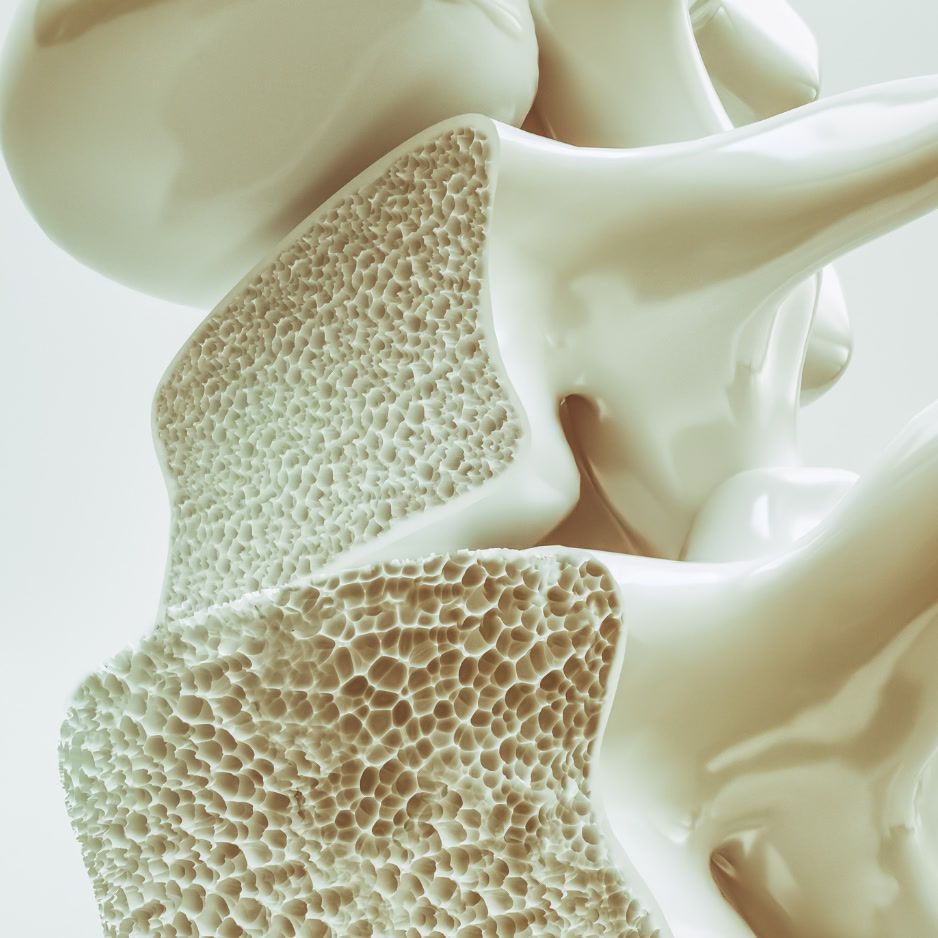DEXA Scan Accuracy: Understanding the Gold Standard

DEXA Scan Accuracy: Understanding the Gold Standard
When it comes to tracking body composition, accuracy isn't optional—it's mission-critical. Dual-energy X-ray absorptiometry (DEXA) is widely recognized as the gold standard for body-composition testing, with typical whole-body precision in the literature around 1%–2% under controlled conditions Shepherd et al., 2017.
At BodySpec, we go further. Backed by enterprise-level quality assurance (QA), our goal is ±0.5% scan-to-scan repeatability for body fat percentage when you follow standardized prep—details in how BodySpec's DEXA precision compares to other tests.
This guide breaks down the science behind DEXA accuracy and the rigorous QA powering BodySpec's fleet. Most importantly, it shows why your pre-scan prep can influence results even more than machine error.
Accuracy vs. Precision: Why Both Matter
Picture a dartboard:

- Accuracy is how close a dart lands to the bullseye (the true value).
- Precision is how tightly a group of darts cluster together (repeatability).
For tracking progress over time, precision is paramount. Even if a device reads slightly high or low, tight repeatability lets you spot real change—like a 2% drop in body fat—rather than random noise.
What the Research Says About DEXA Accuracy and Precision
DEXA uses two low-dose X-ray beams to quantify bone, lean, and fat mass separately. Peer-reviewed studies consistently show strong precision for whole-body and regional measures, though values vary by tissue type and population.

- A 30-year review marks DXA as a mature, precise, low-dose method for body composition with stable precision over time and minimal modeling assumptions Shepherd et al., 2017.
- In healthy adults tested under standardized conditions, test–retest reproducibility is high for whole-body fat mass (CV ~1.6%), lean mass (CV ~0.3%), and bone mineral content (CV <0.1%) Bilsborough et al., 2018.
- DEXA can estimate visceral adipose tissue (VAT). In older men, higher DXA-estimated VAT correlates with insulin resistance and lower HDL cholesterol, showing DXA-VAT is a meaningful indicator of metabolic risk Koster et al., 2017.
How does DEXA compare with other methods?
| Method | Summary of Agreement/Precision | Notes |
|---|---|---|
| DEXA (typical units, literature) | Whole-body precision often ~1%–2% under controlled conditions | Shepherd et al., 2017 |
| DEXA (BodySpec fleet) | Goal of ±0.5% repeatability for body fat % with standardized prep | BodySpec's precision vs. other methods |
| Bod Pod (ADP) | Reported error ±1% to 2.7% | University of Utah |
| Hydrostatic weighing | Group-level means within ~1.0%–1.6% of DXA in college adults | Duren et al., 2018 |
| Consumer BIA scales | Constant error ranged from −3.5% to +11.7% vs a 4‑compartment model | Swanepoel et al., 2022 |
For radiation questions, see the CDC's fact sheet on DEXA scans or read our friendly explainer on DEXA radiation dose equivalence.
Behind the Numbers: How BodySpec Delivers High Repeatability
We hold our scanners to tighter tolerances than typical clinical workflows. Key pillars of our QA program:

- We perform phantom calibration upon installation and during every scheduled service to lock in baseline accuracy.
- Daily QA at every location—storefront and mobile—at the start of each operating day.
- Centralized analytics: All QA results are fed into a central system, allowing us to compare the performance of every machine across our fleet.
- Proactive monitoring: Trend alerts trigger preventive service or recalibration before results are impacted.
- In-house servicing by manufacturer-trained technicians to ensure consistent calibration and full accountability.
Preparation Trumps Machine Error: Your Role in Reproducible Results
Even with tight device tolerances, human variables—hydration status, recent meals, clothing—can have a significant impact on a reading. Consistent client preparation helps minimize these factors and makes small changes easier to trust.
Use this repeat-scan checklist (and bookmark our full prep guide):

- Hydration: Aim for your normal fluid intake; avoid extremes in the two hours before scanning.
- Food timing: Finish solid food 3–4 hours before. Undigested food in your GI tract can be misread as lean tissue, making the lean mass number look slightly higher than it really is.
- Clothing and metal: Wear lightweight, metal-free clothing. Zippers or underwire can cause minor inaccuracies. You will be asked to remove jewelry and watches. For tracking progress, wear similar attire to each scan. For details, see our explainer on how clothing and metal can affect DEXA results.
- Time of day: Schedule future scans in the same window (e.g., Saturday morning) to reduce fluid-shift effects.
For optimal trend tracking, a scan cadence of every 3–6 months is recommended.
Mobile vs. Storefront: Same Numbers, Wherever You Scan
BodySpec operates research-grade storefront scanners (e.g., GE Lunar iDXA) and clinical-grade mobile scanners (e.g., GE Lunar Prodigy). We harmonize both through unified software settings and continuous QA.
Storefront and mobile safeguards include:
- Start-of-day QA at storefronts and on mobile vans to catch any drift before client scanning.
- Vibration-tested mounting: Scanners are secured to mitigate transport vibration effects on hardware alignment.
- Onboard power conditioning: Clean, stable power delivery helps prevent drift due to power fluctuations.
What this means for your results:
- Both storefront and mobile units are held to the same calibration standard under our fleet-wide QA.
- While scanning on the exact same device is ideal in research protocols, our harmonized calibration minimizes practical concerns about switching between a van and a storefront. Pick the location that fits your schedule—your trend data will stay intact.
FAQ: Quick Answers on DEXA Scan Accuracy
-
Will my results vary between BodySpec locations?
- Our harmonized QA keeps storefront and mobile scanners aligned. Under consistent prep, you should see consistently repeatable results.
-
How often are scanners calibrated?
- Phantom calibration at install and scheduled service; daily QA at every location. Our in-house technicians perform ongoing maintenance and service to keep calibration consistent.
-
What causes most variability—machines or humans?
- Client preparation usually impacts variability more than machine error. Follow the checklist above for best reproducibility.
-
What if I scan at a non-BodySpec clinic?
- Calibration standards and workflows differ. For apples-to-apples tracking, it's best to get your repeat scans with BodySpec when possible.
-
Can I wear jewelry or clothing with metal?
- We'll ask you to remove removable metal (watch, jewelry). Metal in clothing can skew results slightly; differences are usually small, but it's better to avoid—especially for serial tracking.
-
How often should I re-scan?
- Every 3–6 months suits most goals and supports meaningful trend detection.

For a deeper dive into your report, see our guides on interpreting your DEXA results and InBody vs. DEXA.
The Bottom Line
DEXA delivers gold-standard precision, but the real secret to trustworthy data is the combo of BodySpec's proactive, centralized fleet QA, manufacturer-trained in-house technicians, and your consistent prep routine. Our scanners—storefront and mobile alike—are held to tight tolerances that let you track small, meaningful changes with confidence. Dial in your prep, stick with trend tracking across multiple scans, and turn precision into progress.
Ready for numbers that matter? Book your DEXA scan today.


